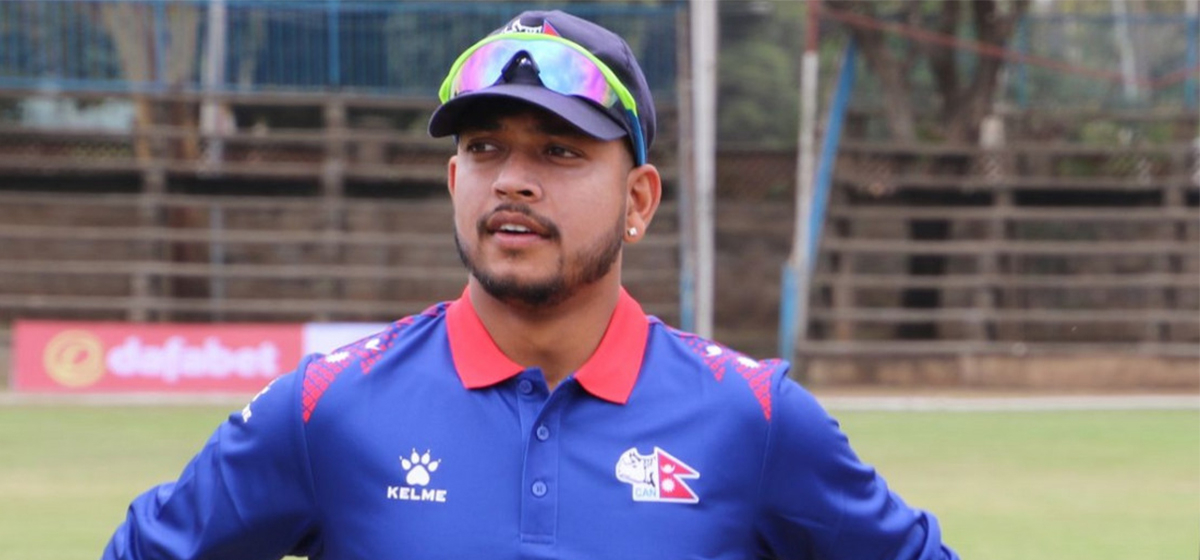How did you get introduced to printmaking?
I didn’t have a clue about printmaking when I was a student at Lalit Kala Campus. I discovered it while exploring the fine art subjects. And as I started working in class, I found it very fascinating. We had to work on zinc and copper plates or wooden blocks. We also worked on the opposite side and wouldn’t know what it was going to look like finally. It was only after we finished work on the plates and printed it on paper that we could see our work. That was very interesting to me.[break]
Then I took up printmaking as a major subject when I did my Masters in Bangladesh. One of the advantages of my studies in Bangladesh was that there were many printmakers there. So we could see a variety of works from many artists.
Bijay Gajmer/Republica
What are the key elements to printmaking?
Patience is of utmost importance. It takes us days to complete a work, and it’s only at the end that we see what our work looks like. I work on a zinc plate, and then print it on paper after the work is complete. We have to be very careful when we’re working as we use acid, resin and kerosene for etching. It’s risky for our health. Proper ventilation in the workspace is a must. I’ve replaced kerosene with vegetable oil. And like all other artists, a basic drawing skill is required.
You also mentioned installations and performance art.
There’s a theme in performance art. However, there are no rehearsals or scripts. I started in 2008. In performance art, I’m the canvas and there’s meaning in me. I think the public isn’t ready for this art yet. I remember when a group of us presented individual performances at Basantapur, the reaction ranged from amazement to people thinking we were mad.
I was introduced to installation art in 2003 when I was still a student. Taking something and creating a meaning out of it is fun. My most recent exhibition was at the Kathmandu International Art Festival.
What would you say are some of the challenges artists like you are facing here?
First, I believe most people still confuse printmaking with printing press. When we hold exhibitions, we like people to understand that printmaking is different from painting and printing press. If they can just differentiate that, then it makes a huge difference to printmakers.
Only a few Nepalis have bought my works. Most of my buyers are from abroad. We still have a long way to go in terms of the culture of buying art. We’re yet to understand that art pieces can be very valuable. I would like to request everyone to visit art galleries and exhibitions. If you cannot afford to buy our work, it’s alright; but at least come and see what the Nepali art scene is like.
Well, since you mentioned it, what’s the art scene like in Kathmandu?
If we’re talking about printmaking, then it’s pretty good. Printmaking has always been a part of our artistic culture, but it’s only recently that it’s being used in contemporary art. We have exhibitions sometimes, and we also hold workshops. I’m part of a group exhibition at Newa Chhen Art Gallery that’s currently being held. There are less than 10 printmakers in Nepal right now, but I’m sure it’ll change in a few years as there are more and more students studying this art.
Overall, too, the art scene is going great. There’s an increase in artists and their works are also getting better. We’re also receiving encouragement and support. I see younger artists as a hardworking lot. While there were fewer exhibitions in the past, these days we come across a lot of art shows and events which is very positive for the future of art.
Do you think that the art scene is Kathmandu-centric?
Yes it is. A regular interchange of artists from various places and workshops could be very helpful. There was some talk about doing so in the past but the budget, however, remains a problem.
Seduction of Printmaking II






































